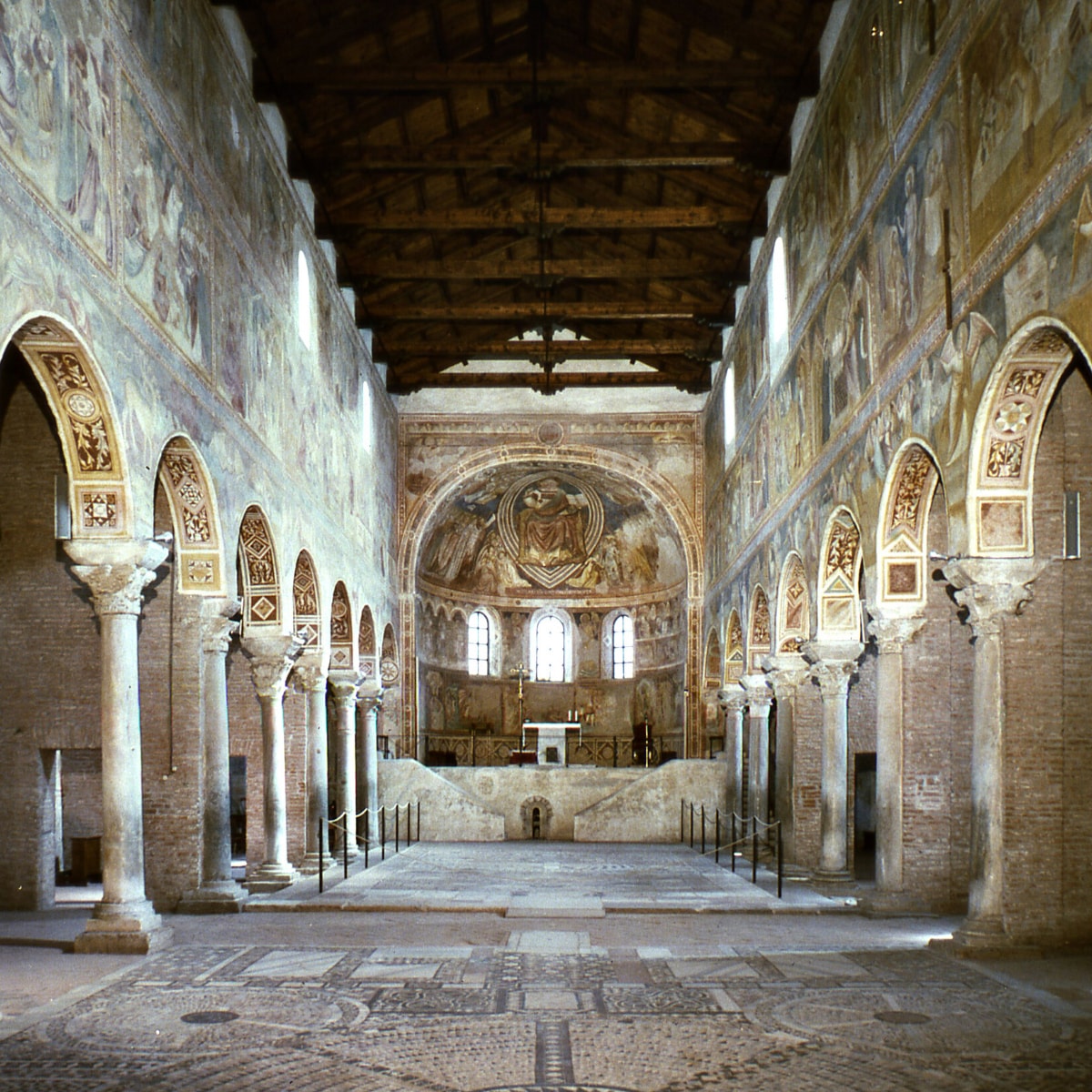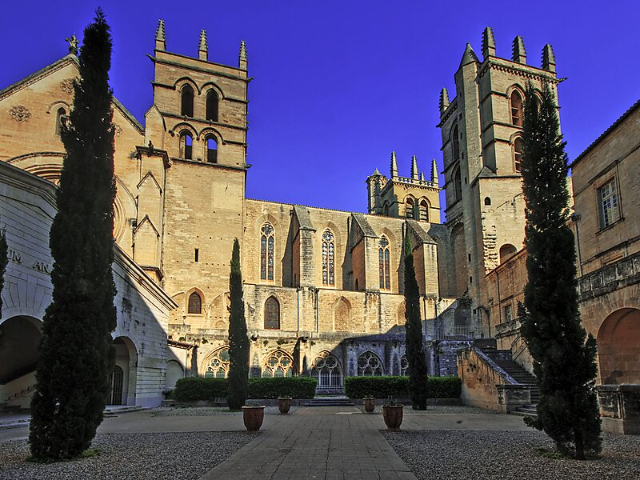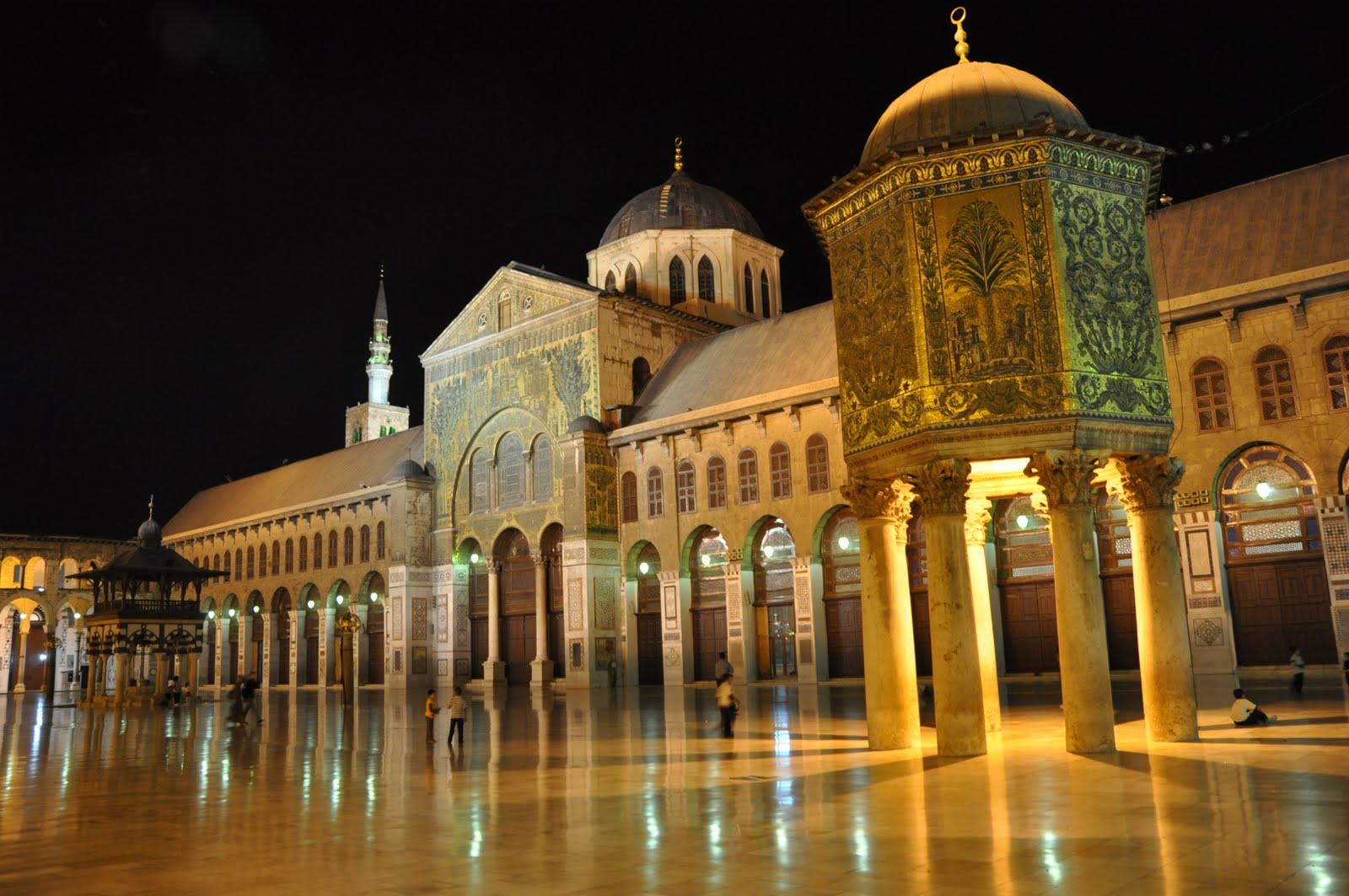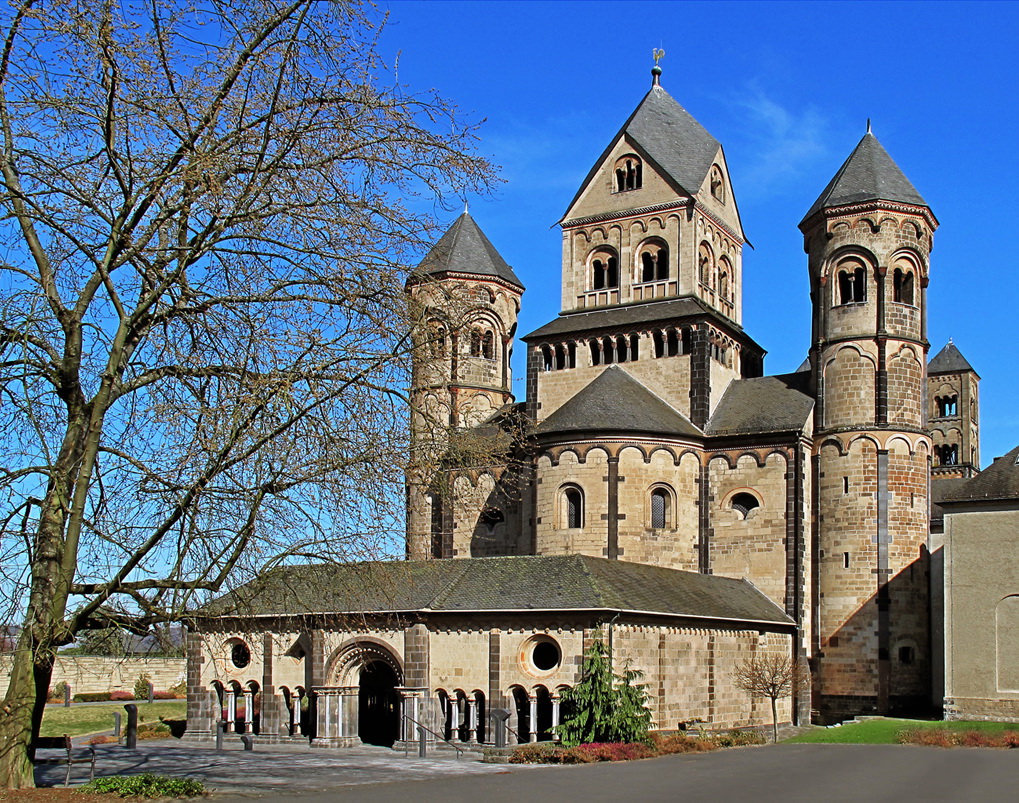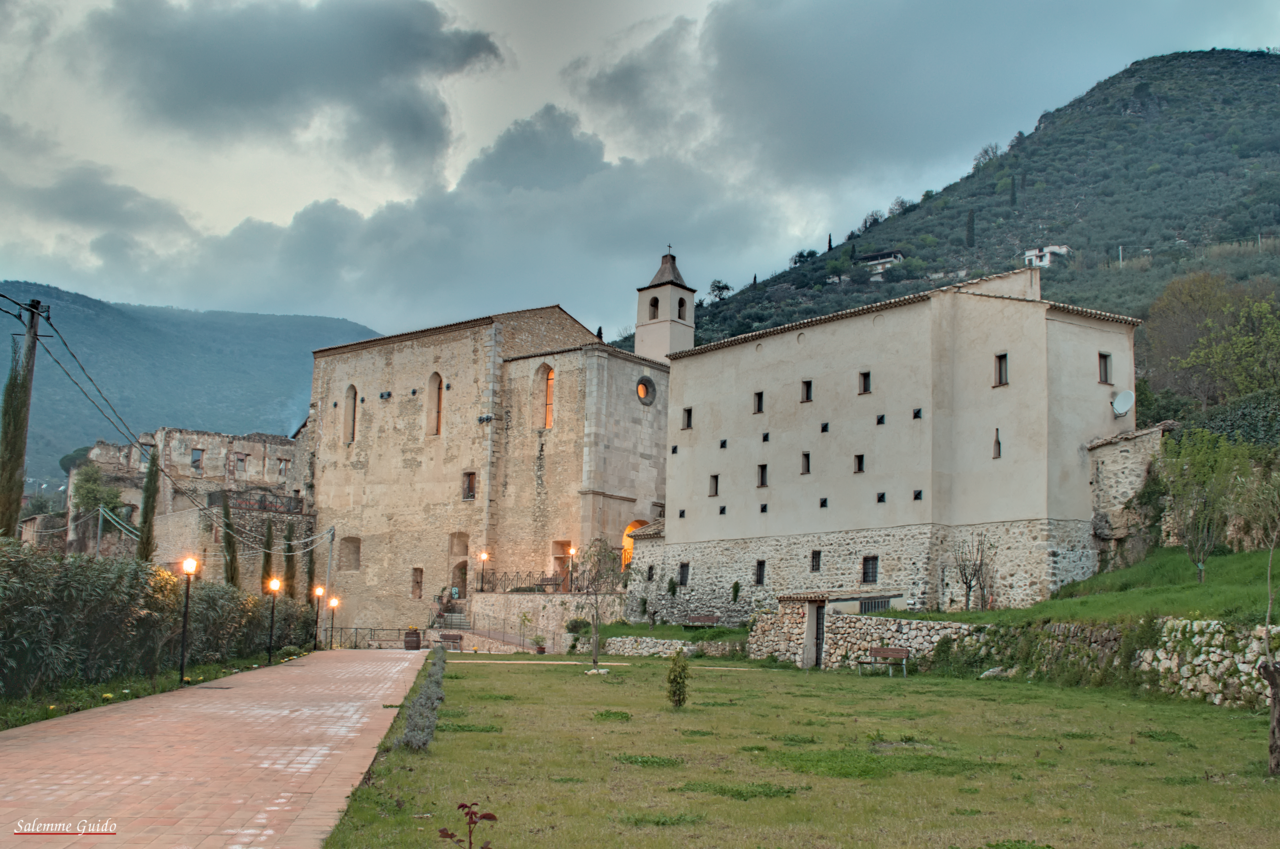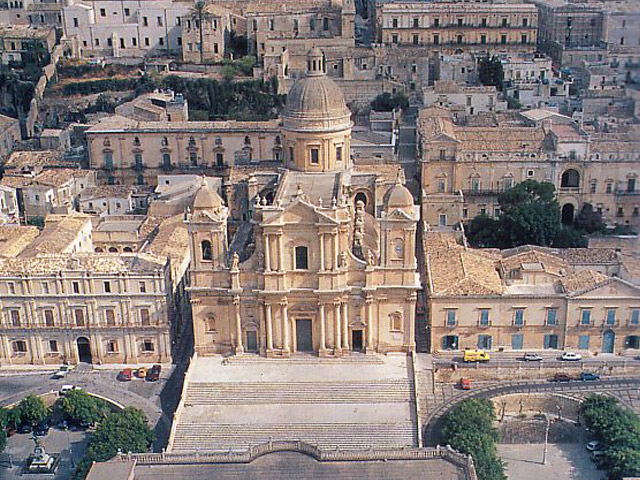The ancient Benedictine monastery of Pomposa today includes the Basilica with the Atrium, the Romanesque Bell Tower, the Chapter House, the Sala a Stilate, the Refectory, the Dormitory and the Palazzo della Ragione.
These buildings housed one of the most important centres of spirituality and culture in the world in the Middle Ages.
Favourable climatic events had allowed between the 6th and 7th centuries the settlement of a group of Benedictine monks from Ravenna, who had chosen an island between the Po and the sea which, due to its tranquillity, favoured meditation and industriousness.
The first written news about Pomposa, however, dates back to the year 874 and concerns a jurisdictional dispute between the Bishop of Ravenna and the Papacy. During the following century the vital monastery prepared its total independence from San Salvatore di Pavia and Ravenna, which took place in 1001, thanks to the agreement signed by Emperor Otto III and Pope Sylvester II.
Donations and privileges increase the pompous economic power also in the neighbouring areas of Veneto and Romagna.
At the beginning of the 14th century, the Abbey of Pomposa had jurisdiction over 49 churches scattered throughout central and northern Italy. With the advent of San Guido degli Strambiati as abbot of Pomposa (1008-1046) began the most fertile period of the Benedictine abbey, which was later visited by important figures, such as San Pier Damiani and Dante Alighieri.
In the same period, it was monk Guido d’Arezzo to whom we owe the invention " of musical notes. Very famous was also the rich library of the monastery, which saw the flourishing of classical, literary and religious studies, and then it was irreparably dispersed. The Palazzo della Ragione (Palace of Reason), built quite apart from the monastic complex, is evidence of the Abbot’s exercise of justice in the territories under the monastery.
During the centuries of the Abbey’s splendour the architectural and pictorial arts flourished, which left us above all the marvellous 14th century cycles of the Basilica, the Refectory and the Chapter House. Then, following catastrophic events, culminating in the so-called Po River route in Ficarolo, which dates back to 1152, economic and cultural interest left the coastal territory, now invaded by water, and the monks left Pomposa for the new convent of S.Benedetto di Ferrara (1553).
The recovery of the Abbey of Pomposa was then implemented from the end of ‘800, when all the buildings were acquired by the State and brought back to life.
Finally, in 1976 the Pomposiano Museum was established, which collects, in the large room of the former dormitory of the friars, sculptural remains, paintings and other works of art related to the history of the Monastery.
